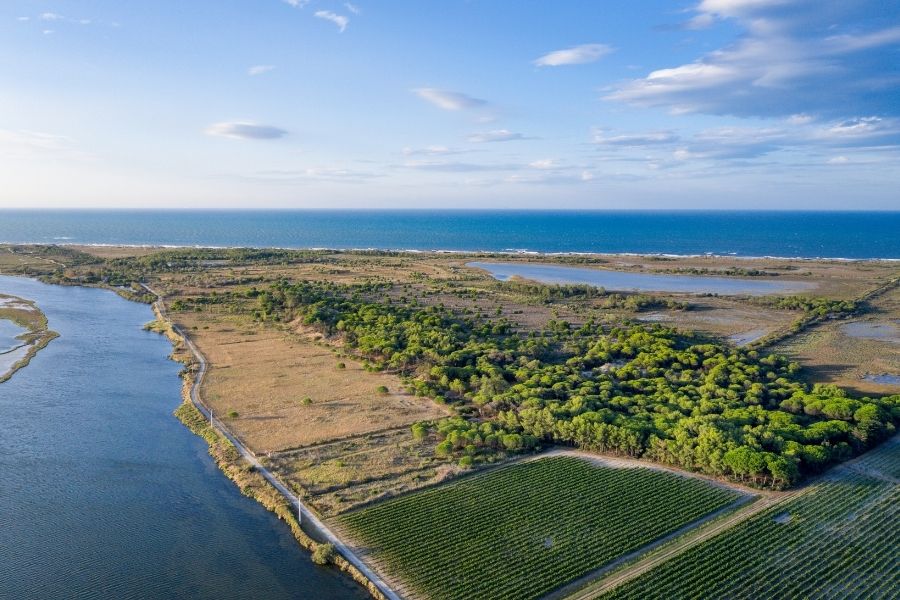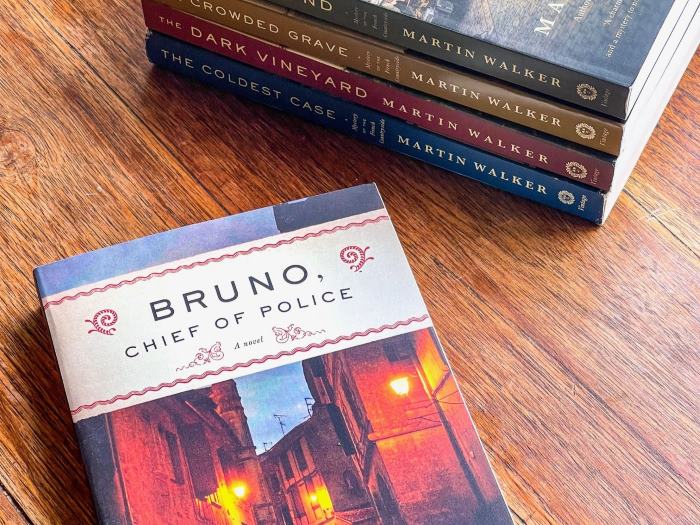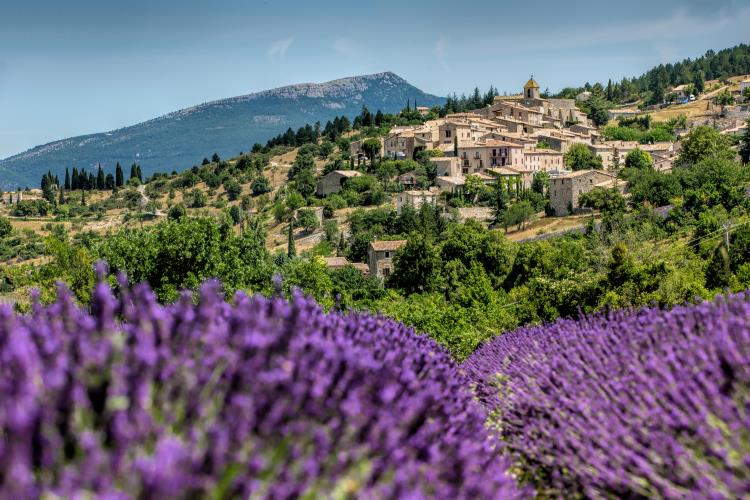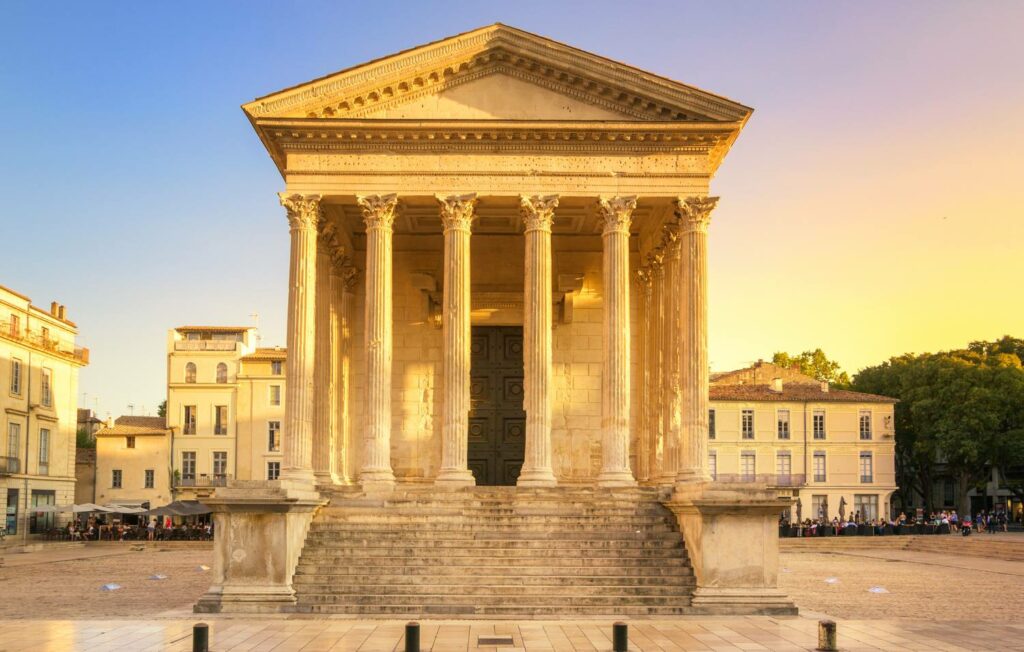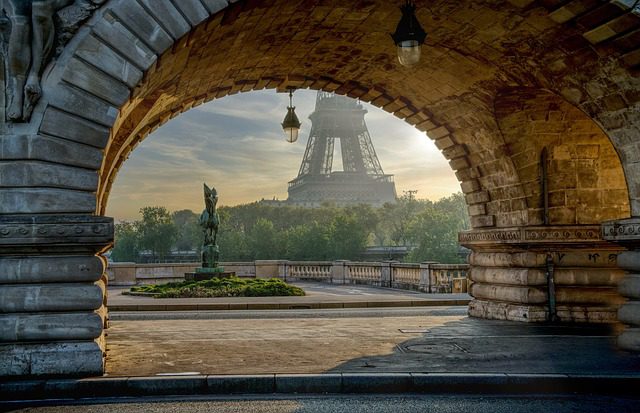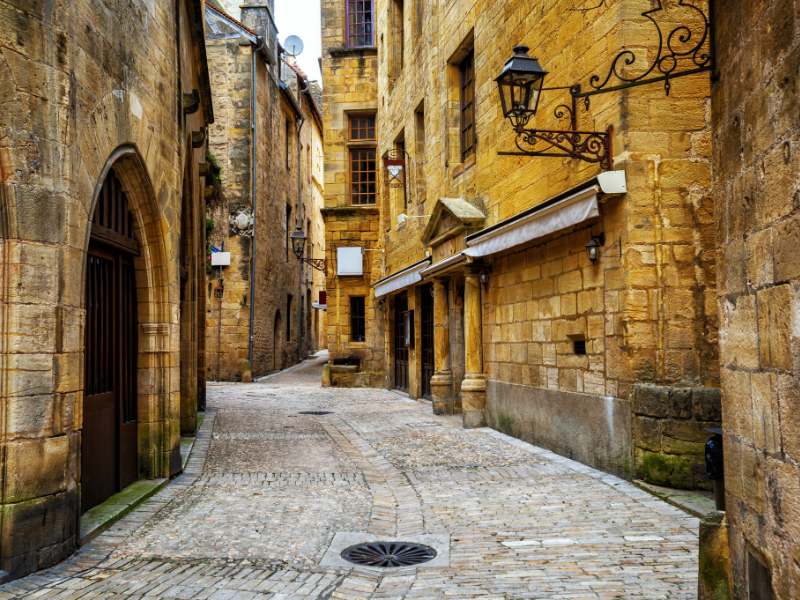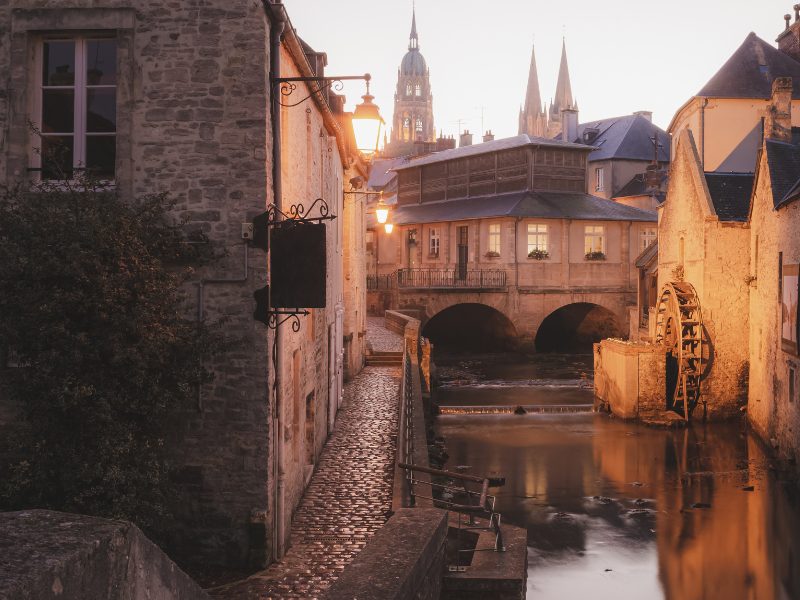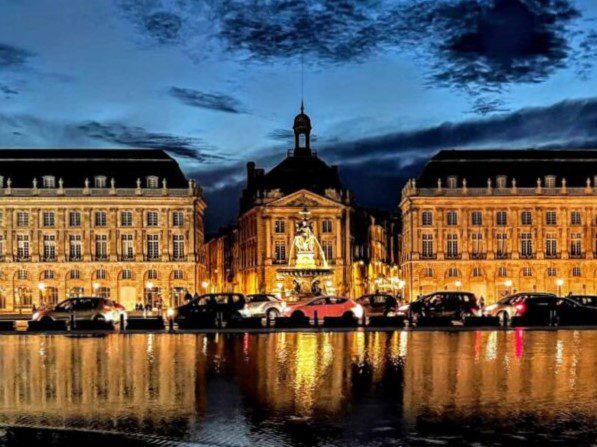Last update:
Les Baux-de-Provence: Must-See Village in Provence


Officially labeled as one of the most beautiful villages of France, Les Baux-de-Provence captivates visitors with its charm and history. Nestled in Provence, in the Alpilles mountains, this village boasts stunning natural beauty, with its white limestone buildings blending seamlessly into the rocky cliffs.
Strolling through the cobbled streets, visitors can discover charming boutiques, artisanal shops, cafes, restaurants and breathtaking views that stretch as far as the Mediterranean on clear days. The valley below is dotted with ancient olive groves, adding to the picturesque landscape.
Among the architectural gems are the troglodyte houses carved into the rock and the 12th-century Romanesque church of Saint Vincent, a testament to the village’s deep historical roots. Notably, Les Baux boasts 22 historical monuments, each adding a layer to its rich cultural tapestry. Dominating the scene is the imposing Château des Baux, the medieval fortress that crowns the village and serves as a gateway to its fascinating past.



A Fortress Steeped in History
Les Baux-de-Provence has a rich and tumultuous history. For five centuries, the Lords of Les Baux ruled this fortified stronghold, their influence stretching far and wide. They claimed an extraordinary lineage, tracing their descent from Balthazar, one of the Three Wise Men. The Château des Baux was a symbol of their power, but the village’s fortunes shifted during the Wars of Religion in the 16th century. After the destruction of the castle, the land was granted to the Prince of Monaco, who still holds the honorary title of Marquis of Les Baux to this day. However, the French Revolution stripped the family of their ownership.
During the 17th century, the village began to decline as residents moved to the more accessible lowlands due to the challenging living conditions, particularly the lack of water. Les Baux was almost completely abandoned when in 1821 French geologist Pierre Berthier discovered a red rock rich in alumina in the Alpilles, which he named bauxite after the town. This discovery brought workers back to extract the valuable resource, supporting aluminum production until the deposits were exhausted. Parallelly, the activity of limestone quarries expanded, with many abandoned buildings dismantled to recover stones for construction. By the mid-20th century, Les Baux-de-Provence experienced a renaissance as a tourist destination thanks to the growing fame of the Michelin-starred Baumanière, which attracted celebrities such as Queen Elizabeth II and Picasso.
A Provençal Culinary Paradise
No visit to Les Baux-de-Provence would be complete without savoring its gastronomic delights. The village offers a taste of authentic Provence through its local specialties.
Olive oil and wine, hallmarks of the region, are produced from the groves that surround the village. Major Roman trade routes, the Via Aurelia and the Via Domitia crisscrossed the region, connecting strategic points across the empire. During this time, the Romans introduced and established olive tree cultivation and vineyards, laying the foundation for the area’s agricultural practices. Today, the local olive groves and vineyards continue to produce high-quality olive oil, wines, and other regional specialties.
Visitors can also indulge in tapenade, honey, and nougat sampling the true flavors of Provence.
Among the village’s culinary highlights is L’Oustau de Baumanière, a legendary Michelin-starred restaurant that has put Les Baux on the gastronomic map. For decades, this restaurant has hosted celebrities and dignitaries, offering an exceptional dining experience that captures the essence of the region’s cuisine.





A Village of Artistic Inspiration
Les Baux-de-Provence has been a muse for artists and writers for centuries. The Val d’Enfer (Valley of Hell) below the village, with its hauntingly beautiful rock formations and monsters seemingly hiding among them, is said to have inspired Dante Alighieri’s depiction of hell in his Divine Comedy.
The village and its surroundings have also drawn countless painters, including Vincent van Gogh, who immortalized the landscapes during his stay at the nearby asylum of Saint-Paul-de-Mausole in Saint-Rémy-de-Provence. Vincent painted over 100 paintings during his time in the Alpilles including Starry Nights, Irises, The Olive Trees or Wheat Field with Cypresses.
Les Baux is also home to the Yves Brayer Museum, housed in a 16th-century building, showcasing the life and works of this celebrated artist who painted scenes of Provence and beyond. A prominent figurative painter of the mid-20th century, Brayer was known for his vibrant, poetic landscapes that captured the essence of Provence. He often depicted shepherds, landscapes, and local festivals with a romantic yet realistic approach, celebrating the traditional rural life of Provence and Camargue. Brayer’s influence is also seen in the chapel he decorated in 1974, adding a unique artistic touch to the village’s cultural heritage.
Today, visitors flock to the Carrières de Lumières, a former limestone quarry transformed into a mesmerizing multimedia art space. This unique venue has become renowned for its immersive art exhibitions, featuring large-scale projections of masterpieces against the quarry’s massive stone walls. Recent years have seen remarkable exhibitions, including “Cézanne: Master of Provence” in 2021, “From Vermeer to Van Gogh: The Dutch Masters” in 2023, and for 2025 the exhibition promises to be equally captivating, focusing on Claude Monet with “Monet: Impression, Rising Sun”.



Christmas: A Special Time to Visit
Les Baux-de-Provence transforms into a magical destination during the holiday season, steeped in traditions that connect its mystical past to the present. According to local lore, the village holds a divine link to one of the Three Wise Men, Balthazar, whose descendants are said to have founded the Lords of Les Baux. This legendary connection is celebrated during the Noël des Bergers (Shepherds’ Christmas), a tradition that has endured for over four centuries.
On Christmas Eve, shepherds from the surrounding countryside bring their flocks to the village for a symbolic procession. During midnight mass, the eldest shepherd offers a newborn lamb to the Christ child, placing it in a cart adorned with straw and illuminated by candlelight. The procession is led by a ram decorated with silk ribbons, while Provençal carols are played on the flute and tambourin. Villagers in traditional costumes recreate a living nativity scene, capturing the spirit of a traditional Provençal Christmas.
This celebration, alongside the village’s illuminated streets and festive atmosphere, makes Les Baux-de-Provence an unforgettable destination during the holidays.



Want to visit Provence?
Check out our small group tour!




